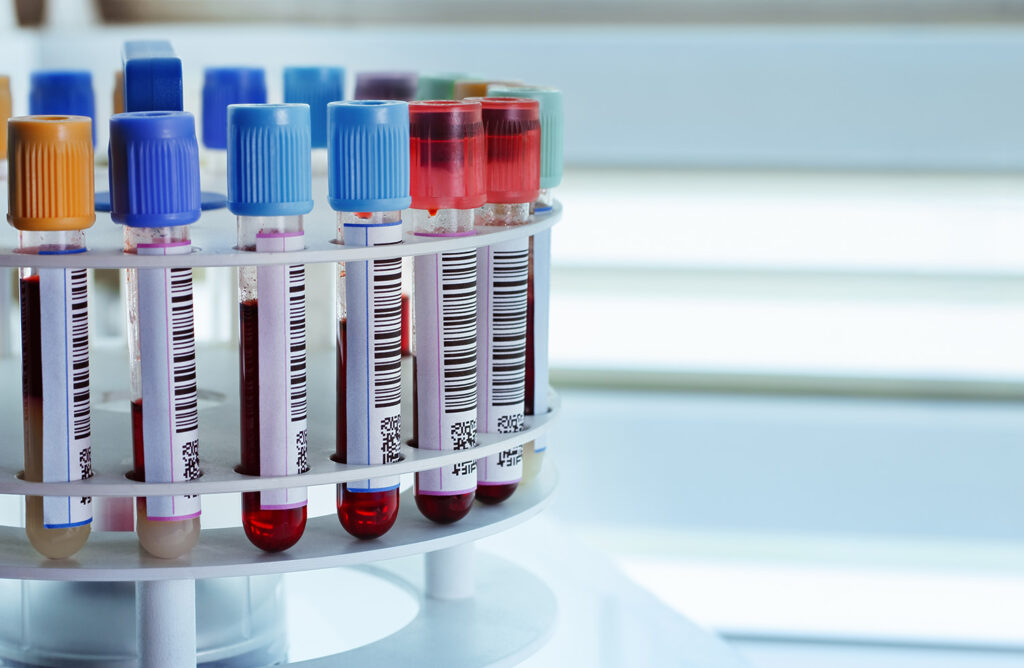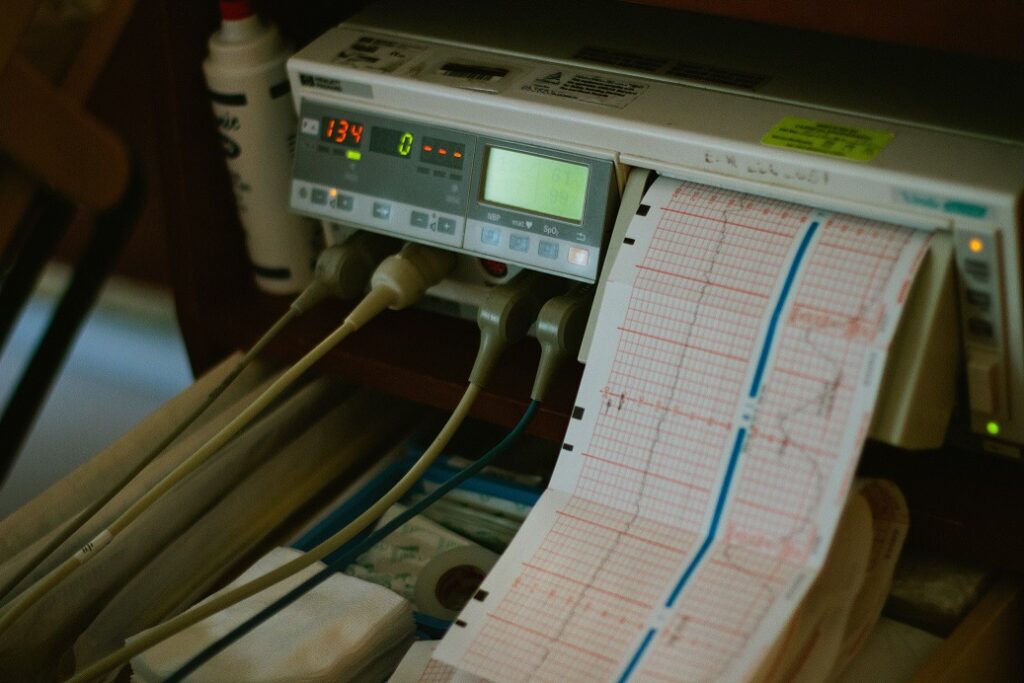
A Guide to Medical Device Labeling Requirements
As an indispensable part of the medical device that ultimately ends up on the market, labeling is subject to FDA quality assurance requirements. These relate to the materials, operations, and controls of your labeling process, as well as the manner of application, inclusion in packaging, and other factors. To produce compliant labels, manufacturers have to manage, track, and update a significant amount of data.









